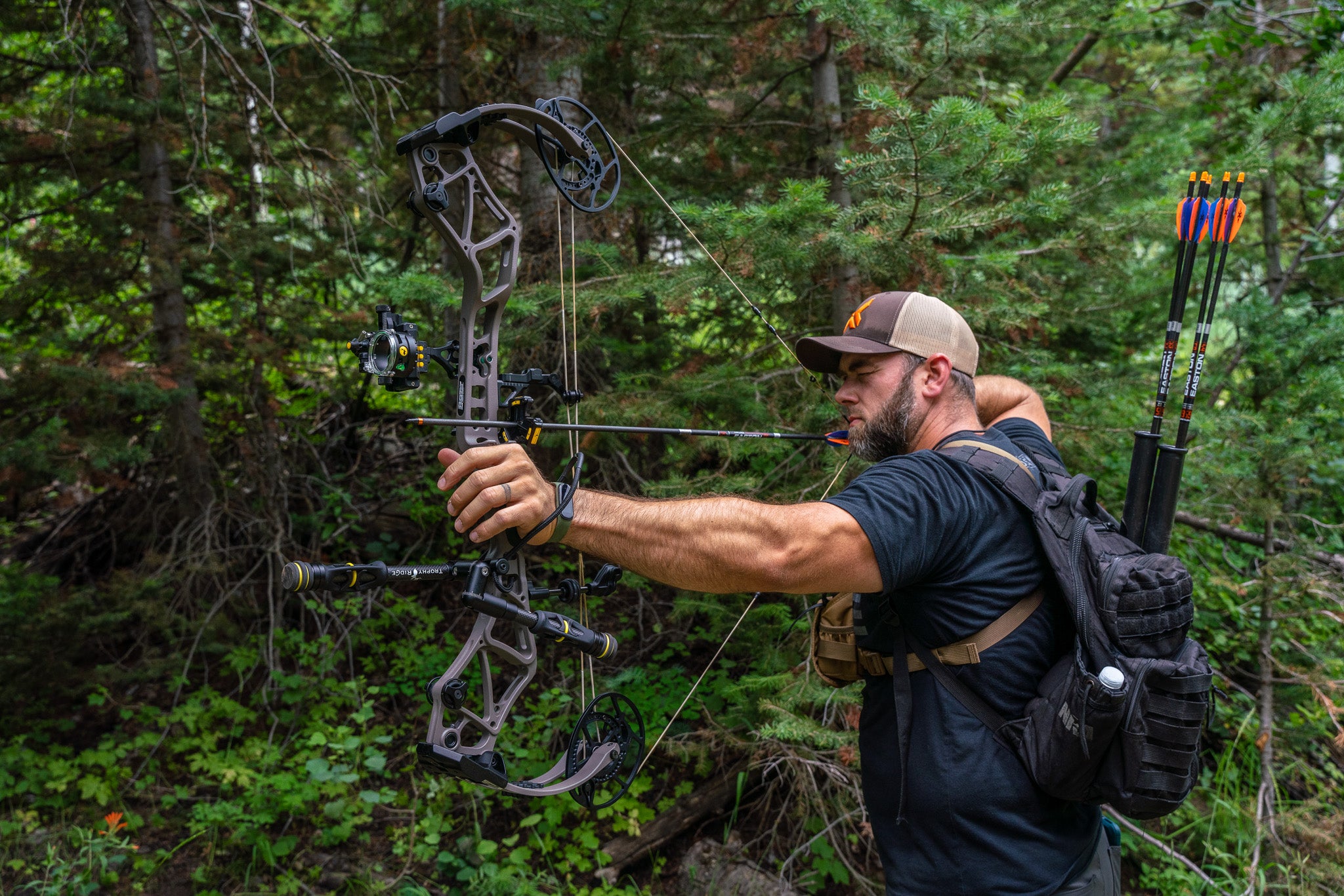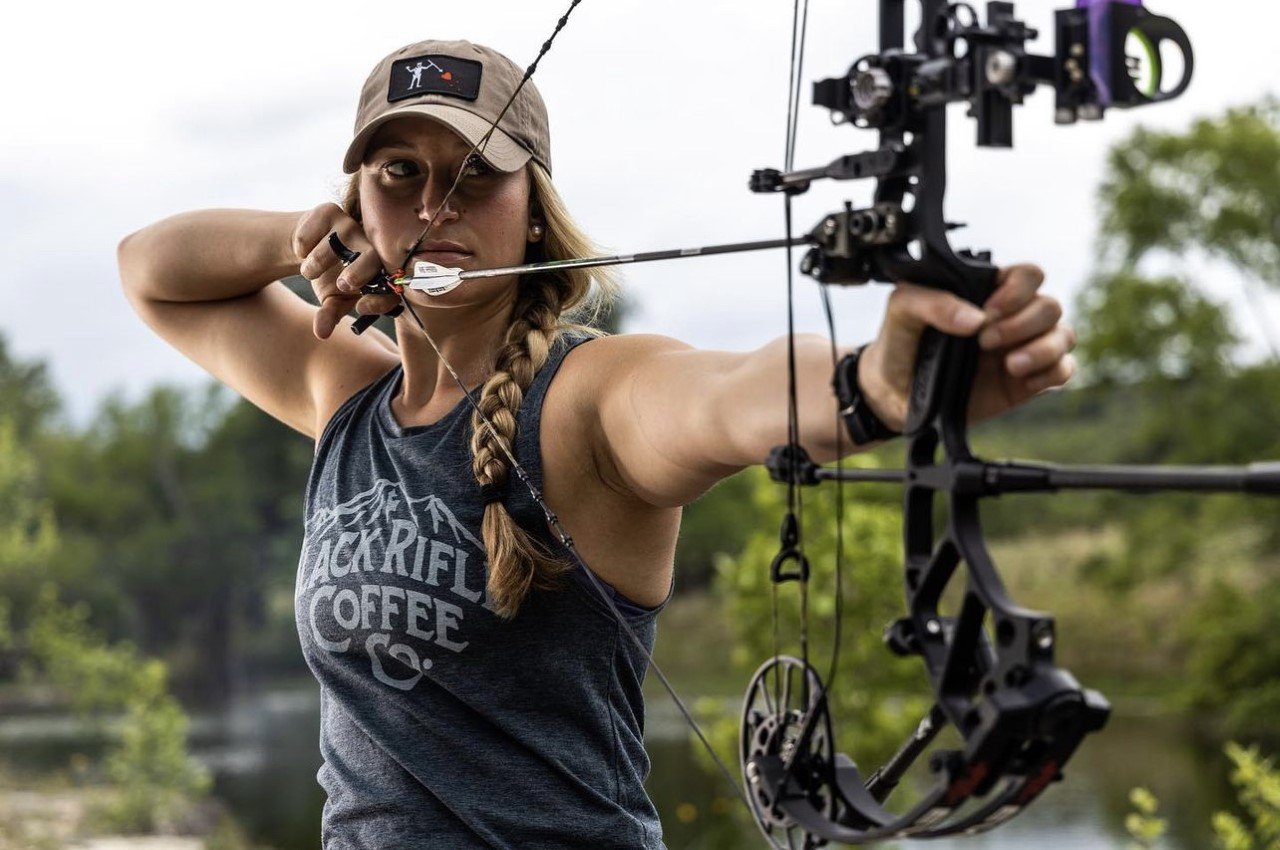Choosing the Best Archery Stabilizer: Tips and Recommendations
Wiki Article
Maximize Your Archery Performance With the Perfect Stabilizer: a Thorough Buyer's Guide
Archery lovers recognize the significance of having the ideal tools to enhance their performance. While bows and arrows may take the limelight, an essential piece of gear that usually goes overlooked is the stabilizer. A stabilizer can substantially affect your capturing precision and security, yet discovering the excellent one can be an overwhelming task. In this detailed customer's overview, we will certainly check out the different sorts of stabilizers, essential variables to consider, the importance of proper length and weight, selecting the appropriate damping system, and maintenance suggestions. Whether you're an experienced archer or just beginning, this overview will certainly assist you navigate the world of stabilizers and maximize your archery efficiency.Sorts Of Stabilizers
There are 3 major sorts of stabilizers generally utilized in archery efficiency. These stabilizers play an important duty in boosting precision and minimizing bow torque. The very first kind is the lengthy pole stabilizer. Lengthy rod stabilizers are usually affixed to the front of the bow and extend outwards. They offer balance and stability during the shot, reducing any kind of unneeded activity. Long pole stabilizers are particularly effective in reducing bow torque, permitting a more constant and consistent launch.The 2nd sort of stabilizer is the side rod stabilizer. Side rod stabilizers are affixed to the side of the bow and help counterbalance any type of side motions. They help in keeping a straight and stable aim, particularly when taking care of crosswinds or uneven surface. Side pole stabilizers are especially important for archers who shoot from a standing setting and require stability on both the vertical and straight axes.
The third kind of stabilizer is the V-bar stabilizer. V-bar stabilizers are typically used combined with side pole stabilizers to further improve stability. They connect to the side and the bow poles, developing a triangular arrangement that disperses weight equally. This arrangement helps in reducing oscillations and vibrations, resulting in a smoother and a lot more regulated shot.
Recognizing the different sorts of stabilizers is essential when selecting the best equipment to maximize archery efficiency. Each stabilizer type serves a particular purpose, and picking the appropriate mix can significantly boost precision and uniformity on the variety or in the area.
Trick Elements to Take Into Consideration

Most importantly, it is necessary to take into consideration the length and weight of the stabilizer. Longer stabilizers give raised security and equilibrium, while much shorter ones supply even more ability to move. The weight of the stabilizer affects the total equilibrium of the bow, and it is very important to discover a stabilizer that enhances the weight of your bow.
One more essential factor to consider is the material of the stabilizer. Stabilizers are typically made from aluminum, carbon, or a combination of both. Aluminum stabilizers are sturdy and offer superb vibration wetting, while carbon stabilizers are lightweight and deal superior resonance absorption.
Additionally, it is essential to review the design and adjustability of the stabilizer. Some stabilizers come with adjustable weights and dampeners, permitting you to customize the balance and vibration control. Additionally, considering the installing choices and compatibility with your bow is vital to make sure a correct and safe fit.
Lastly, budget plan is a considerable aspect to take into consideration. Stabilizers come in a series of prices, and it is important to discover one that fits within your spending plan while still meeting your efficiency requirements.
Relevance of Proper Size and Weight

Correct length and weight are crucial aspects that considerably affect the efficiency of an archery stabilizer. It is important to think about the shooting design, target range, and personal choice when selecting the size of a stabilizer.
Likewise, the weight of the stabilizer plays a crucial function in accomplishing optimum efficiency. A heavier stabilizer soaks up much more resonance and minimizes bow activity throughout the shot, causing a steadier objective and tighter groups. A stabilizer that is too heavy can trigger tiredness and impact the shooter's capability to hold consistent. It is very important to strike an equilibrium between weight and maneuverability to promote comfortable capturing and maintain consistency.
Additionally, the size and weight of the stabilizer must be compatible with the archer's physical stamina and shooting strategy. By choosing the best length and weight, archers can enhance their stability, reduce bow torque, boost precision, and enhance total efficiency. It is advised check out here to speak with knowledgeable archers or experts to guarantee the very best suit between the stabilizer and specific capturing demands.
Choosing the Right Damping System
The option of an ideal damping system is crucial in optimizing the efficiency of an archery stabilizer. A damping system is developed to reduce the resonances and noise created when an arrow is launched, offering the archer with an extra accurate and secure shot. There are a number of factors to think about when selecting the ideal damping system for your stabilizer.First of all, it is vital to think about the sort of material utilized in the damping system. Rubber and rubber-like products are typically utilized as a result of their ability to take in resonance efficiently. These products are light-weight and likewise sturdy, making them ideal for archery stabilizers.
Second of all, the design of the damping system should be thought about (archery stabilizer). Try to find a system that resource uses several contact points with the stabilizer, as this will distribute the resonances much more uniformly and better enhance the stabilizer's efficiency
Furthermore, think about the adjustability of the damping system. Having the ability to fine-tune the level of damping can be helpful, as various archers might have differing choices and shooting designs.
Lastly, it is crucial to make certain that the picked damping system is suitable with your stabilizer. Examine the measurements and specs to make certain a proper fit.
Upkeep and Treatment Tips
To ensure optimal performance and durability of your archery stabilizer, it is crucial to implement appropriate upkeep and care methods. Lubricating the moving components of the stabilizer, such as the dampers and weight system, is also crucial to make certain smooth procedure. By adhering to these upkeep and treatment ideas, you can maximize the efficiency and long life of your archery web stabilizer.Verdict
In verdict, picking the ideal stabilizer for archery is vital for maximizing efficiency. By taking into consideration variables such as stabilizer kind, size, weight, and damping system, archers can enhance their accuracy and security. Furthermore, appropriate maintenance and treatment of the stabilizer is necessary for its long life and ideal functioning. With the ideal stabilizer and proper focus to these elements, archers can improve their total archery experience.The second kind of stabilizer is the side rod stabilizer.The 3rd type of stabilizer is the V-bar stabilizer. V-bar stabilizers are generally made use of in conjunction with side pole stabilizers to even more boost stability. The weight of the stabilizer impacts the overall balance of the bow, and it is important to discover a stabilizer that enhances the weight of your bow.
Aluminum stabilizers are sturdy and offer outstanding resonance dampening, while carbon stabilizers are light-weight and deal remarkable resonance absorption.
Report this wiki page